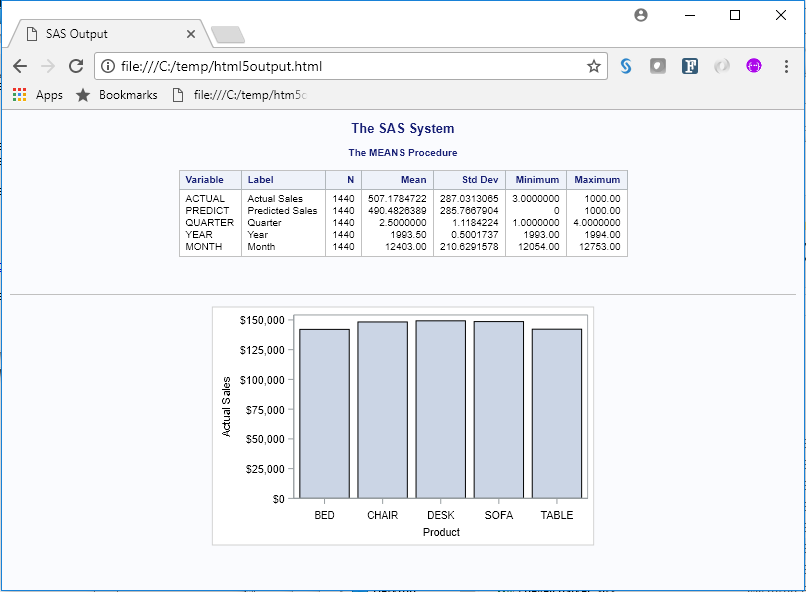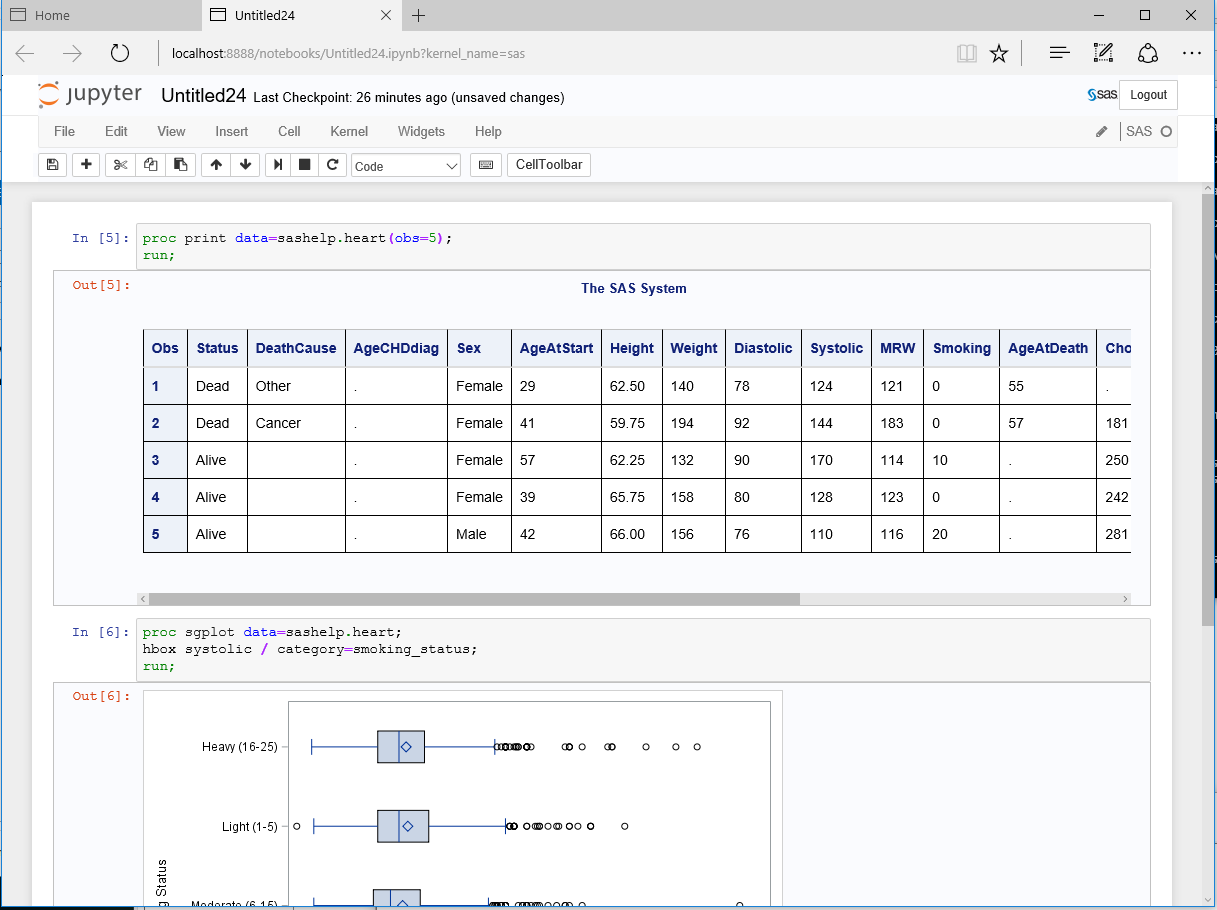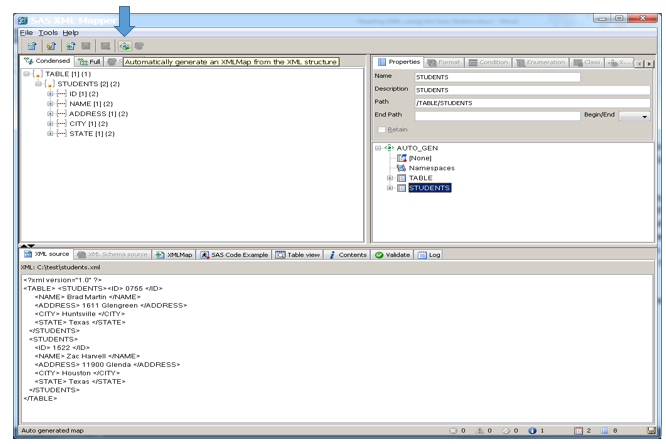
SAS' Chevell Parker walks you through eight formatting scenarios that can occur when using ODS Excel and how to address them using formatting and formatting values after export.

SAS' Chevell Parker walks you through eight formatting scenarios that can occur when using ODS Excel and how to address them using formatting and formatting values after export.

This blog demonstrates how to create a report that provides only the column headings for data that is missing. The blog also explains how to create, select, and exclude output objects as well as how to generate reports with the SAS® Output Delivery System (ODS). These concepts are relevant to the task of generating a report with the column headings for a data set that contains no (0) observations.

This blog demonstrates how to modify your ODS HTML code to make your column headers “sticky,” or fixed in position. Using sticky headers is most beneficial when you have long tables on your web page and you want the column headers to stay in view while scrolling through the rest of the page.

Generating a word cloud (also known as a tag cloud) is a good way to mine internet text. Word (or tag) clouds visually represent the occurrence of keywords found in internet data such as Twitter feeds.

This article demonstrates the ODS Excel destination’s flexibility and how you can modify its default behavior by using the SHEET_INTERVAL= option.

Generating HTML output might be something that you do daily. After all, HTML is now the default format for Display Manager SAS output, and it is one of the available formats for SAS® Enterprise Guide®. In addition, SAS® Studio generates HTML 5.0 output as a default. The many faces of

The SAS® platform is now open to be accessed from open-source clients such as Python, Lua, Java, the R language, and REST APIs to leverage the capabilities of SAS® Viya® products and solutions. You can analyze your data in a cloud-enabled environment that handles large amounts of data in a

The SAS® Output Delivery System provides the ability to generate output in various destination formats (for example, HTML, PDF, and Excel). One of the more recent destinations, ODS Excel, became production in the third maintenance release for SAS 9.4 (TS1M3). This destination enables you to generate native Microsoft Excel formatted

XML has become one of the major standards for moving data across the Internet. Some of XML’s strengths are the abilities to better describe data and to be more extensible than any of its predecessors such as CSV. Due to the increased popularity of XML for moving data, I provide

In Microsoft Excel, a PivotTable can help you to create an interactive view of summarized data. Within a PivotTable, it’s easy to adjust the dimensions (columns and rows) and calculated measures to suit your ad-hoc reporting needs. You can also create a PivotChart – similar in concept to a PivotTable, but